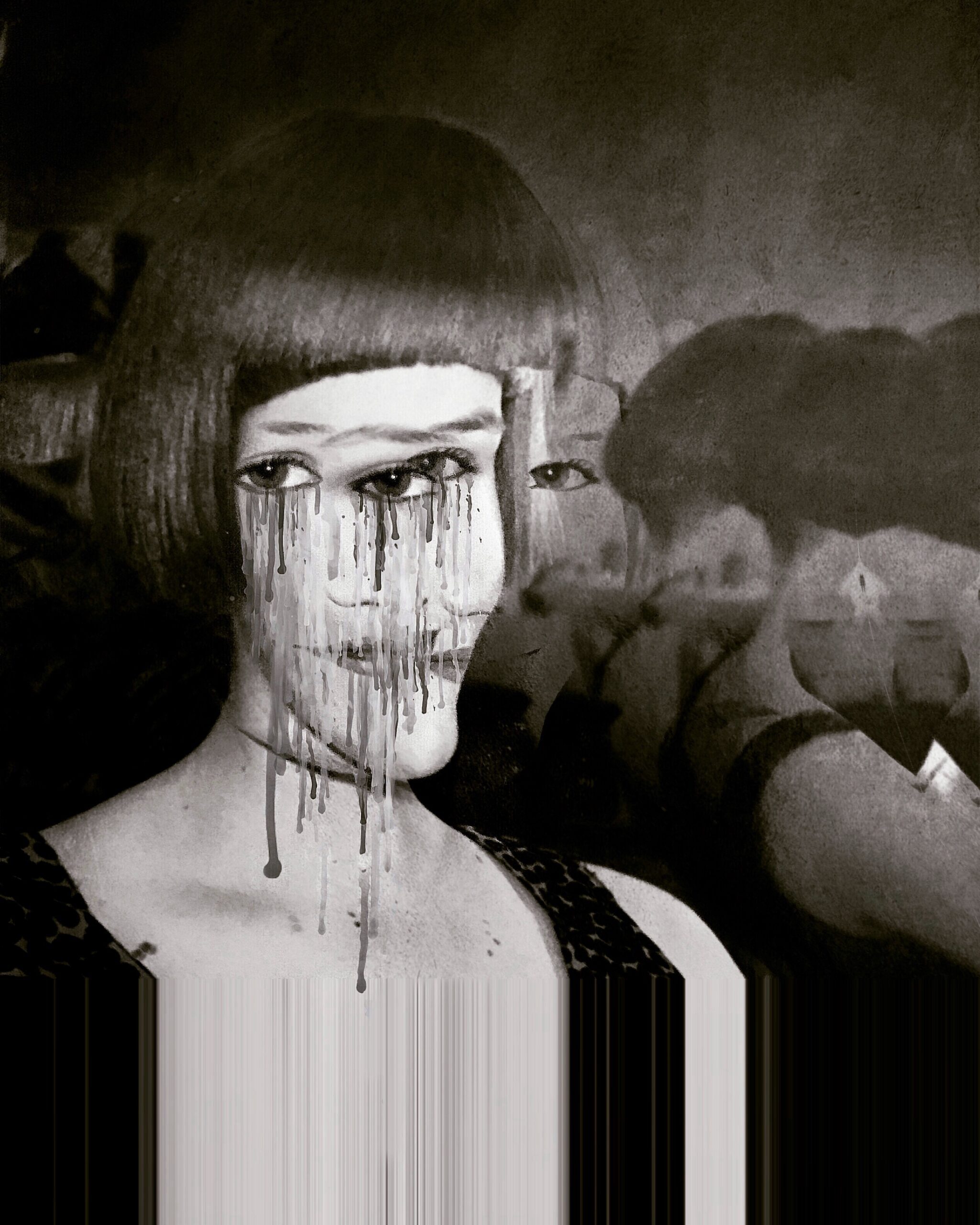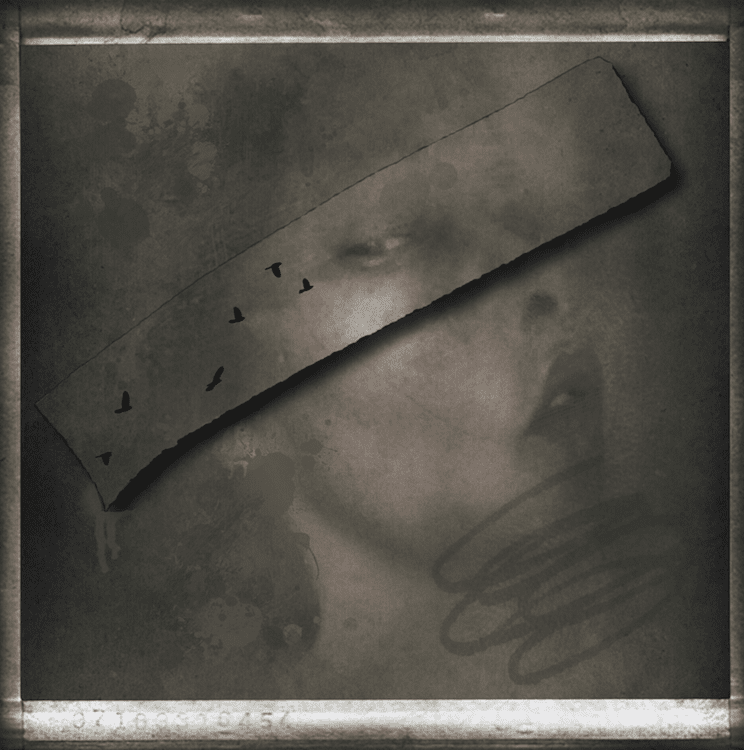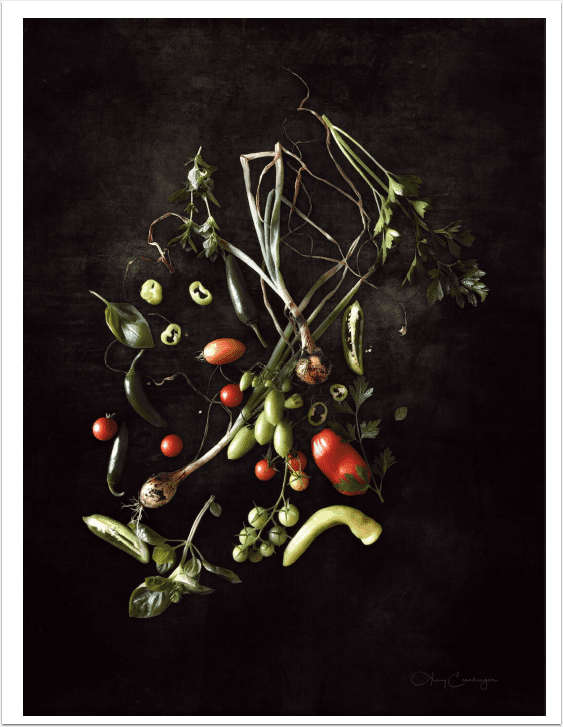Building an Online Portfolio for Your Art: A Guide
An artist’s online portfolio is very much like their creative resume in the modern world and can open the door to earning an income as a result of their talent and passion. It’s often the first place someone will visit when they learn of your work before they decide whether or not they want to contact or buy from you and you will get paid from home for your art work. This should go without saying, but your portfolio should show your very best work in high quality images, i.e. without camera flash, odd backgrounds, shadows or poor lighting. Showcase work that tells visitors who you are as an artist both technically and creatively. To help you get started, this guide will take you through the key steps when building your online portfolio.
Choose a professional website host
Your portfolio website needs to be professional, secure and visually attractive – but simple. If possible, the design should complement your work and show visitors that you have given the site your full attention. To avoid technical issues, choose a Cloud Hosting UK website service so you have professional support and advice on standby should you need it. Make sure there are no broken links or poorly formatted pages, and the website should be optimised for mobile devices as well as desktops. An intuitive and user-friendly website will help build trust with visitors and make sales or enquiries more likely.
Update your portfolio regularly
Often, buyers or gallery curators are most interested in your more recent pieces, so it’s best to update your portfolio as regularly as possible. This shows visitors that you are a current and active artist, and adding new content to your website regularly can improve your ranking in search engines.
Include lots of details
Your portfolio will appear more professional if you include plenty of detail about each piece, which a potential buyer would be interested in. This could include the title, the medium, dimensions, price (if applicable) and when it was completed. Even if you are not wanting to sell your work, a gallery director or curator will be interested in this information if they want to display your work.
Tell your story
An artist’s work represents much more than the physical piece, and your portfolio is the perfect place to share the story behind your work. This could be as simple as including a short description, or you could describe the inspiration behind the site and your artistic influences. You might also want to include an ‘About’ page or an artist’s statement, where you introduce yourself as an artist. What has brought you to this point, and what is important to you as an artist?
Share and promote your portfolio
Now that your beautiful and professional portfolio is up and running, you need to get some eyes on it, as it’s unlikely people will find it by chance unless they are specifically searching for you. There are several ways to drive online traffic to your portfolio. Consider including a blog on your website, where you can post interesting and insightful content about both your work and the work of other artists. If you optimise your website and its content for related terms and phrases that are searched for in high volume, you can maximise your online visibility and boost traffic. Social media platforms like Instagram and Facebook can also be effective places to share your art with links to your portfolio.
Alternatively, simply including a link to the portfolio in your email signature is subtle approach but promotes it to all of your email recipients. And, if you have business cards, it’s important that the website is included there, too.




